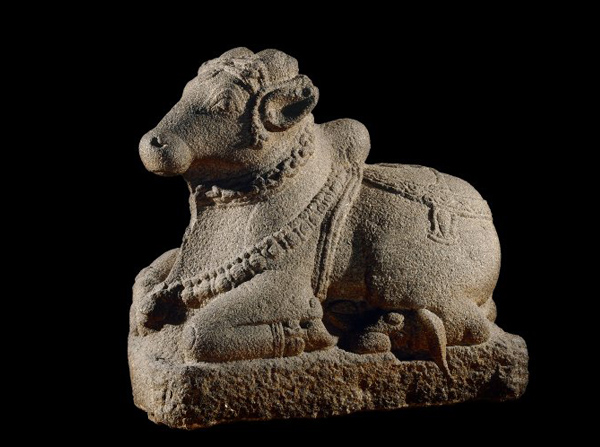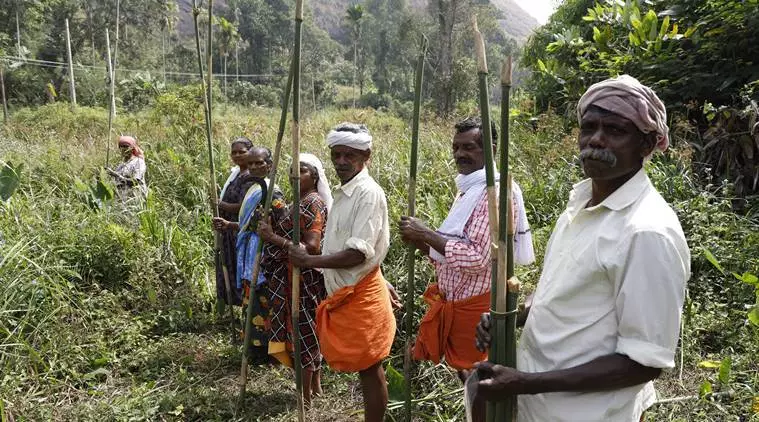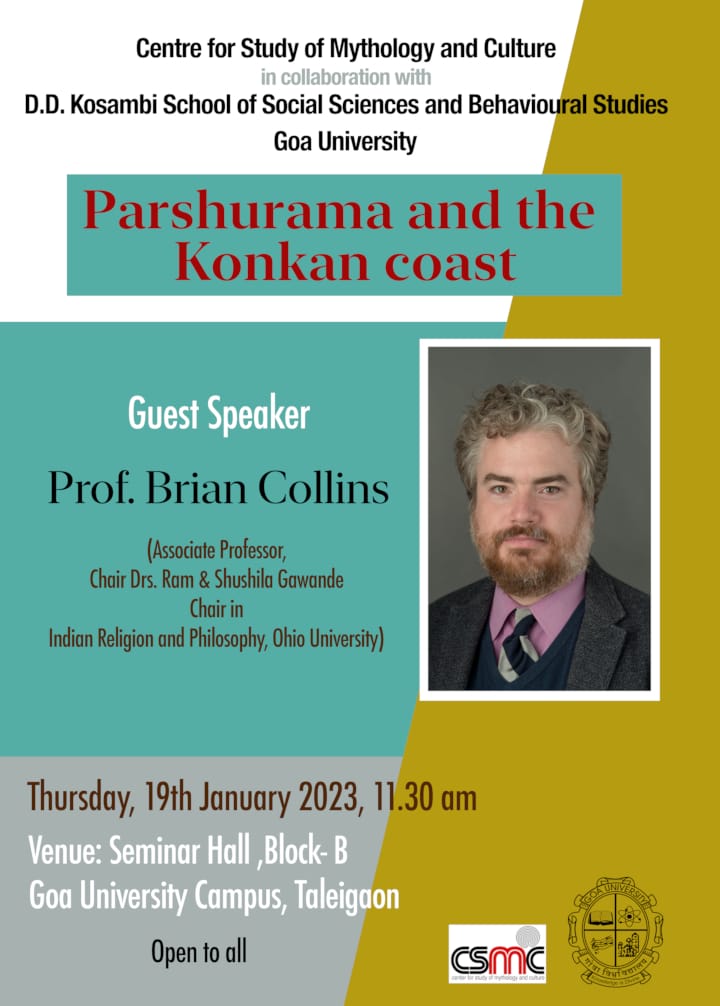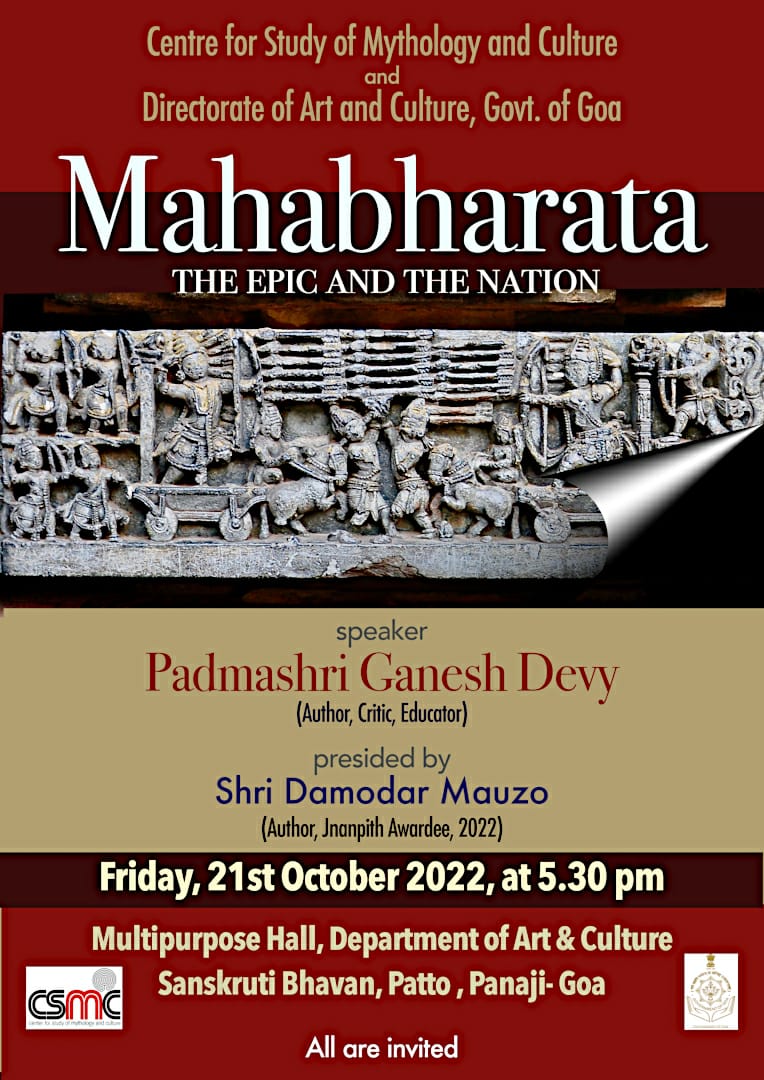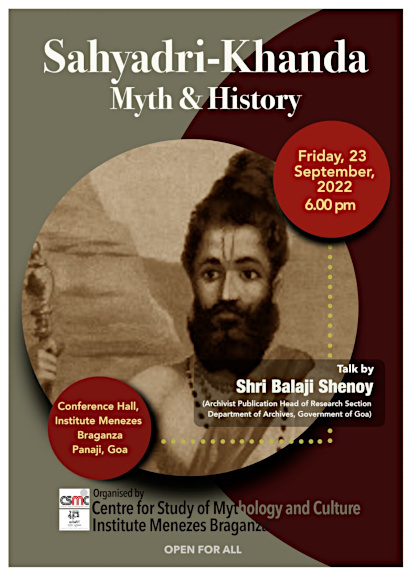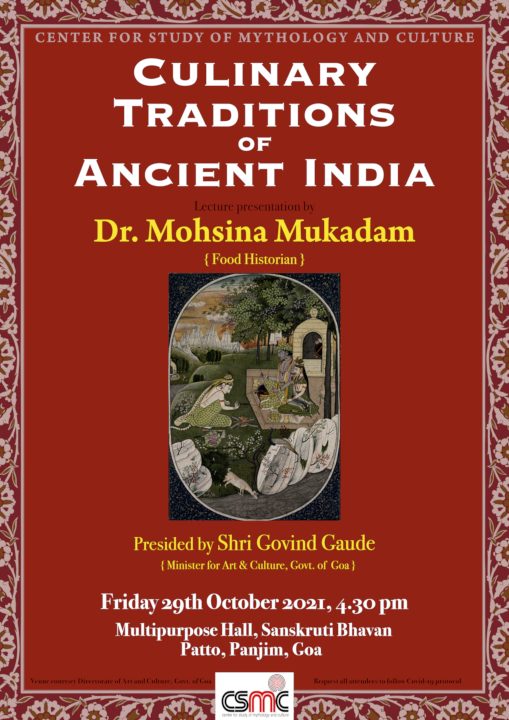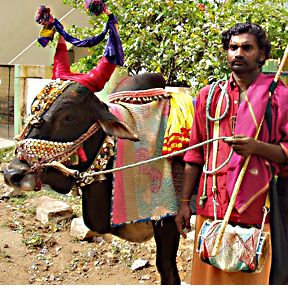
Boom Boom Maattukkaarar* -is a nomadic tribe from the northern district of Tamil Nadu. Dressed in colourful clothes and singing praises of Lord Rama on their urumi maelam, a musical instrument , they beg for food in the name of the sacred bull they bring along wherever they go. They believe that once upon a time they were wealthy landowners who led a comfortable lives by farming their land. But Lord Rama put a curse on them, and from then on they have become wanderers, and beggars for life.
The sad tale of how it all came to be goes like this.
It seems, once upon a time the forefathers of Poovidaiyaans – (Boom Boom Maattukkaarar ) lived a peaceful settled life, by farming their land. But things turned sour when Lord Rama came to them as yaasakan ( beggar) and asked for food, and the Poovidaiyaans not knowing his real identity refused to offer any food to the hungry man.
The beggar did not budge and insisted on receiving some food as alms as he was very hungry. The Poovidaiyaans became adamant and refused to offer him food. The stand off in the form of arguments and counter arguments went on for a while. Finally, the beggar requested them to give him a portion of the grain from the coming harvest to save him from hunger and starvation.
The Poovidaiyaans promised him that they would give him half their yield, every harvest season. The beggar accepted the deal. As he was about to leave, Poovidaiyaans asked him whether he would prefer the mael mahasul ( upper part of the yield) or the keel mahasul ( lower part of the yield). The beggar said he preferred mael mahasul, the top part. The deal was sealed. And the beggar left promising to come next season to collect his share of grain when the harvest is ready for reaping.
That season, Poovidaiyaans cultivated their land and grew ground nuts. As promised, the beggar came to them during reaping season, to collect the assured portion of grain. Poovidaiyaans gave him the bundle of groundnut stems and leaves, telling him that it is the mael mahasul he had opted for. The beggar accepted the leaves with disappointment and looked on while Poovidaiyaans gleefully gathered the nuts. Poovidaiyaans rejoiced and congratulated themselves on their cleverness. When the beggar was about to leave, Poovidaiyaans again asked the same question- “ Which part of the crop you would like to have the coming season?”. The beggar thought for a while and said keel mahasul, the bottom part.
The next season Poovidaiyaans planted paddy. When the beggar arrived to collect his share, they kept the grain and gave him bottom part, the paddy straws and was cheated again by land holding Poovidaiyaans. The beggar became furious on the repeated humiliation and revealed his true identity. Only then did the Poovidaiyaans realize that the beggar was none other then Lord Rama.
Rama then cursed them to be nomads and suffer from hunger and starvation like he did. He gave them the suraikkudukkai ( bottle gourd) as their begging bowl. He also gave them a bull named after him and warned them that they should not cultivate the land ever again. That is how these rich land owners became penniless nomads.
Ever since, generations of Poovidaiyaans have been begging for food from door to door, singing the praises of lord Rama, accompanied by the sacred bull.
*Boom Boom Mattukaran or Adiyan or Poo Idayar are a group of nomadic tribal people found primarily in Tamil Nadu and Kerala in the southern part of India. Historically they have made a living by traveling from place to place with a decorated bull, entertaining and fortune telling using what is generally termed a Boom Boom Ox. They are believed to have originated from Andhra Pradesh state and speak in Tamil intermixed with Telugu. Their traditional livelihood is no longer sustainable and they survive on begging and physical labour. ( Source Wikipedia)
————————————————————-
Story collected by : Vidya Kamat
Text Source: “ The Curse and Absolution: A study on the Role of Origin Myths among Nomads, with special reference to Boom Boom Maattukkaarar community”, by A. Dhananjayan
Indian Folklore research Journal – Vol 4, No 7, December 2007, pp 51-63
Location: Tamil Nadu
Image credit and copyright https://www.flickr.com/photos/lkamala/164082524
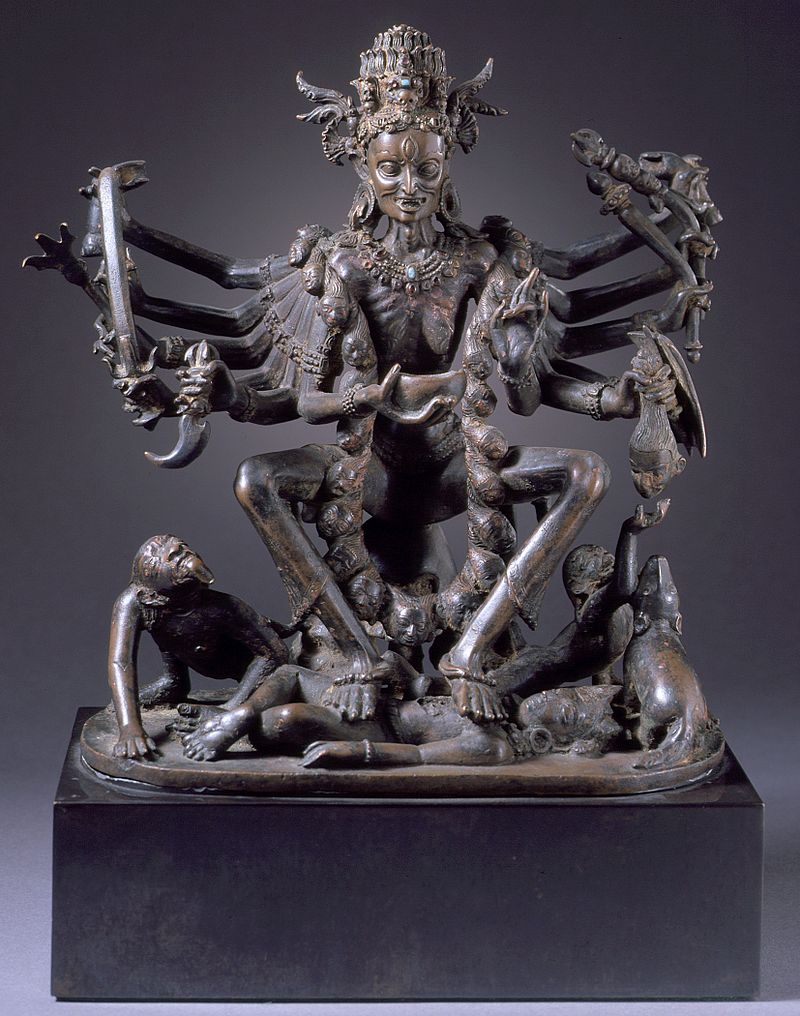







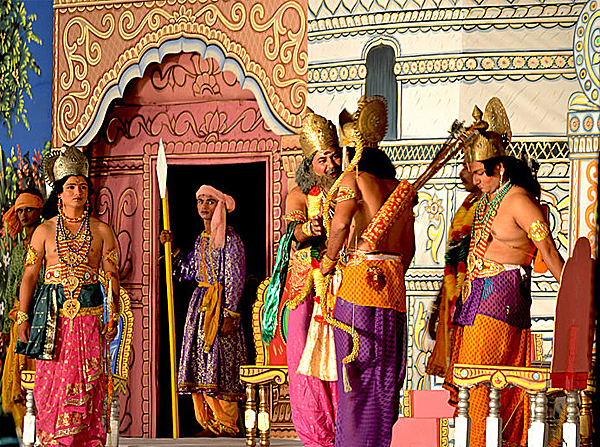
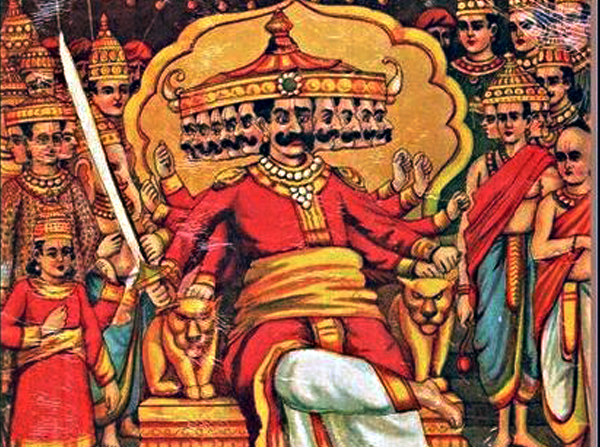
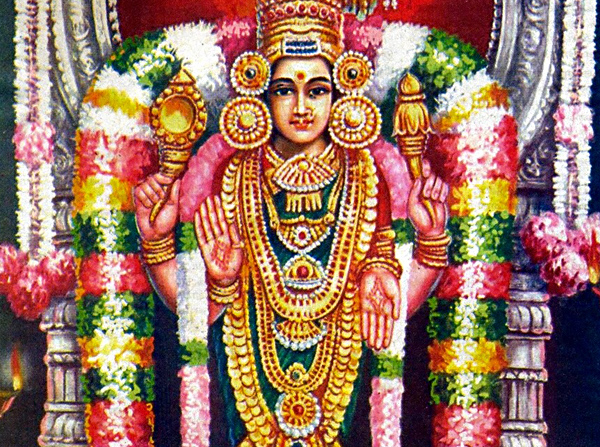 Not very long ago, there lived a Brahmin named Subramanyam Iyer in a small town called Thirukadaiyur in Tamil Nadu. His town had a famous Shiva temple where the presiding deity was Lord Amrithaghateswar and his consort, Goddess Abhirami (an avatar of Parvati).
Not very long ago, there lived a Brahmin named Subramanyam Iyer in a small town called Thirukadaiyur in Tamil Nadu. His town had a famous Shiva temple where the presiding deity was Lord Amrithaghateswar and his consort, Goddess Abhirami (an avatar of Parvati).